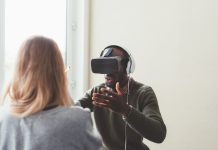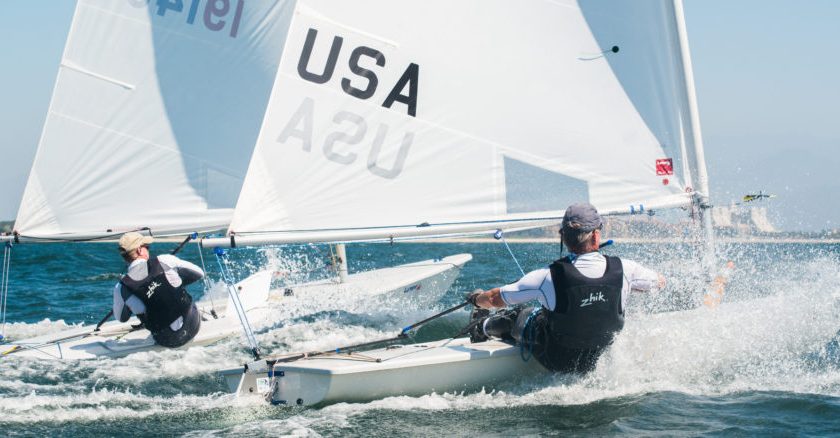
Racing a Laser sailboat is exhilarating when all is going well. These boats are inherently unstable, and the sailor must adjust his or her position constantly to conditions and direction to make the boat go faster.
Learning how to sail these boats is difficult, and the process to achieve competency can enlighten us on how to approach education and training initiatives to achieve stronger performance. Before we tack upwind to finish this journey, we’ll explore how to use innovative technology to create a scalable approach to training for performance.
The Learning Continuum
Even in sailing, it all starts with knowledge acquisition. For a novice sailor, there’s a ton to learn: sailing jargon (leeward, luft, cleat, etc.), the science of how a sail works like an airplane wing, the controls, the strategy for wind direction, racing rules, and avoiding other sailors! Next is learning how to apply all this information. This is straightforward: Watch a few YouTube videos and one is ready to challenge an Olympic Laser sailor! Right? Of course, not.
Yet that’s what is done in education and training all the time. Why is that? Because what comes next is hard—skill acquisition. It’s the practice to learn how to perform. It’s the difference between average performers and top performers.

Why Practice Matters
If you have ever spoken with a sailor, you realize there is a lot to learn. In my first conversation with Commodore Pete, he said, “Are you in shape to go hiking?” I’m thinking a hike in the woods ,and he’s talking about positioning most of your body outside the boat to go faster! As in most fields, at first, you feel as if you are drinking from a firehose. It’s hard to remember it all (the forgetting curve), and even when I did remember, I did not know how to put the knowledge into practice once in the boat—leading to many capsizes.

This experience is no different than what happens in most training today. Applying knowledge—the skill acquisition—is the critical missing piece to achieving performance in organizations.
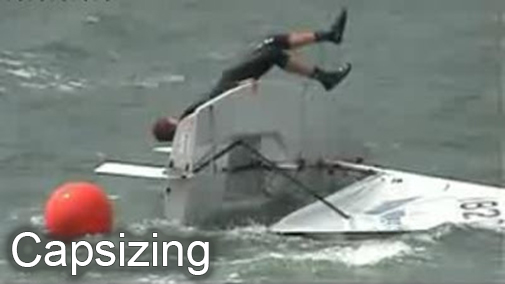
Benefits of Practice
1. We learn how to apply knowledge.
2. We personalize the knowledge in our own mental models ,which allows us to retain it—defeating the forgetting curve.
3. We learn the patterns of optimal decision-making.
Why Coaching Matters
To become a better Laser racer, one can endlessly go through the cycle of reading, watching videos, and then practicing in order to perform better. This cycle was not very effective for me learning to sail a Laser. At one point, Commodore Pete said, “You need to watch the telltales on your sails—watch some YouTube videos!”
I looked at tons of videos. I knew about the telltales, but did not appreciate their importance in my practice. Practicing suboptimal strategies will not lead to optimal results. This is where coaching comes in. When I started to receive coaching from the other sailors while racing and afterwards, that’s when things began to click, and I spent less time swimming in the lake!
Coaching accelerates the effectiveness of deliberate practice.
1. A mentoring coach can set up situations and show us how to make optimal decisions in the situation by recognizing their expert mental models.
2. Coaching can diagnose performance problems and correct them, making practice more effective.
3. Great coaching allows learners to experience the decision-making of top performers.
Building Skills Requires Practice and Coaching
So far in this sailing journey, we have learned a few things:
- Knowing is not enough; we need to practice a skill to become competent and comfortable to apply it in real situations.
- Practice is not enough. Learners don’t know what is optimal and have imperfect mental models. Expert coaching allows learners to recognize optimal decision patterns—develop more robust mental models—and apply knowledge in optimal ways much faster than trial-and-error practice.
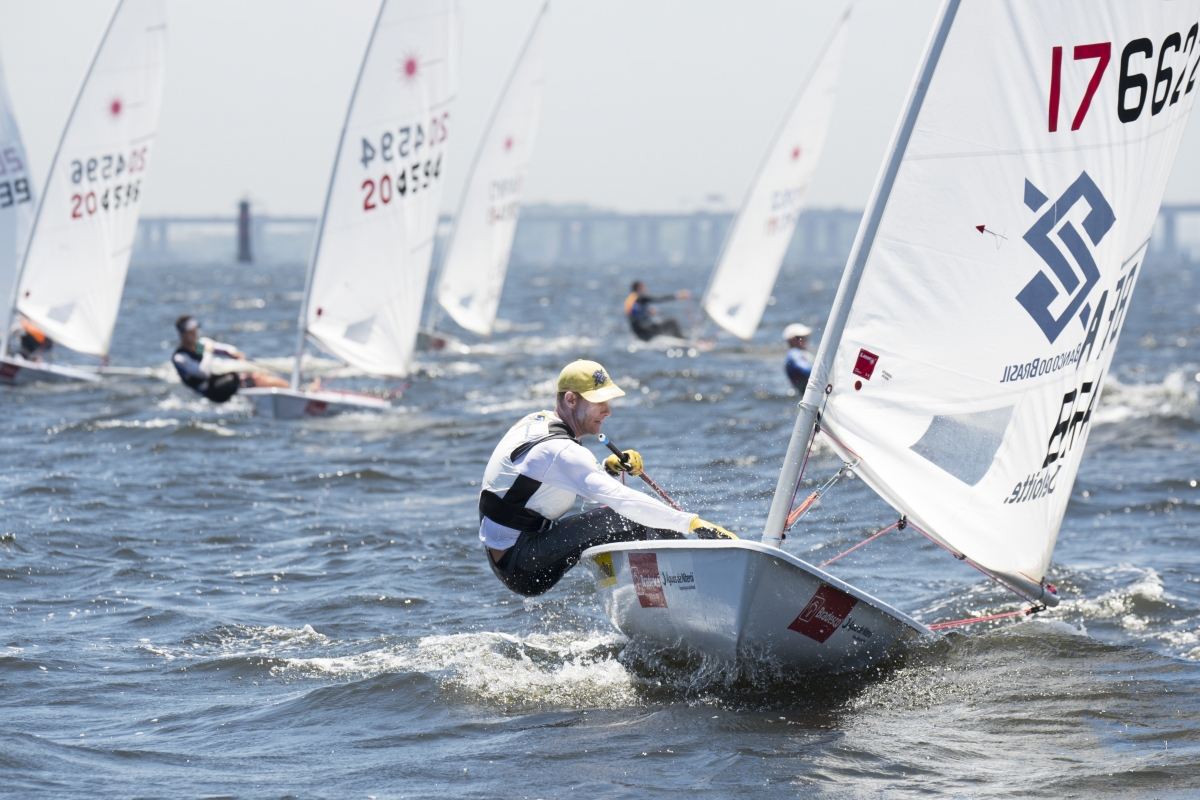
Practice and coaching make sense for athletes, musicians, or Laser sailors, and we can envision how it’s done. But how do we implement practice and coaching across an organization? This is hard, and why, even though its important, it’s not done well. Practice with expert coaching is largely a one-on-one experience. It’s challenging to find enough people with coaching skills combined with the subject matter expertise to scale across the organization. And it cannot be scaled up with a Webinar. Watching is not “doing” or personalized; just like YouTube videos are not the path to become a great Laser sailor. These challenges and associated costs are the reasons organizations struggle with implementing these important components to their training.
How to Use Technology to Make Practice and Coaching Scalable, Consistent, and Measurable
Learning a physical skill such as sailing a Laser requires physical practice, as well as good decision-making. In the workplace, decision-making involves interactions with people, where the clues on what to do are largely invisible. That’s why one-on-one role-play with a great coach works by exposing this invisible thinking process, their mental models.
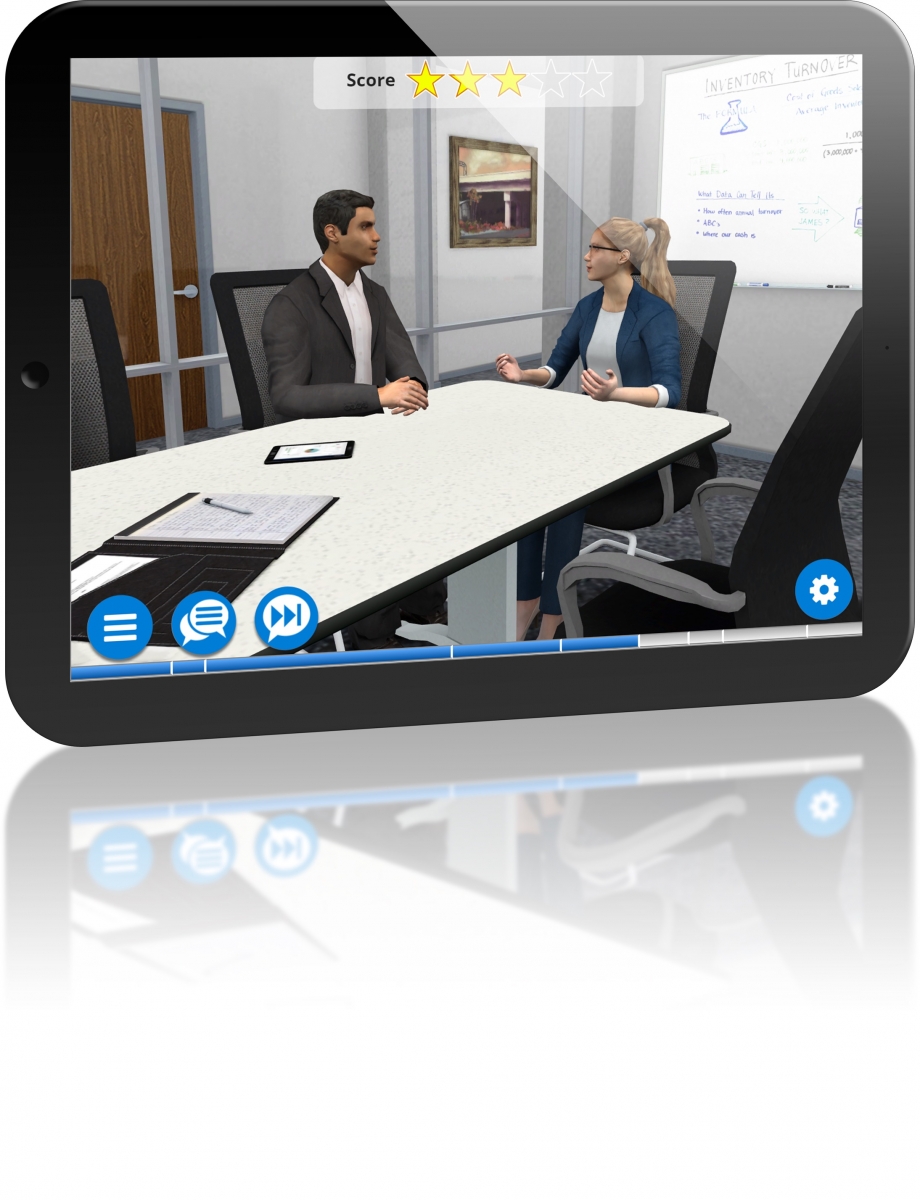
We can simulate this process with technology by creating virtual conversations and interactive decisions with virtual humans. The approach is to immerse learners in realistic situations where they make decisions, and then coach them to recognize the optimal decision-making patterns of top performers. While technology is not the end-all solution, it does allow organizations to intelligently automate a solution to address their most common performance gaps and difficult interaction skills, and create virtual practice on new processes.
3 Benefits of Using Technology for Virtual Practice and Coaching
1. Scale. Creates the ability to scale best coaching and top performing behaviors.
2. Consistency. Deliver the same messaging across the organization.
3. Measurement. Gain insights into where employees need the most coaching in different situations and track progress over time.
A trainee’s experience is not much different than mine as a novice Laser sailor. They have knowledge, yet they don’t see a path where they will ever be able to perform like the top performers. Skill building with practice and coaching is often the missing piece to create this path to better performance. It’s challenging to implement, and the use of simulation technology may help create a scalable approach.
As for my sailing journey, I capsize much less these days and can even complete a race. My new goal is to be somewhere even close to Commodore Pete on the course!
Douglas Seifert, Ph.D., founded Syandus 15 years ago to combine virtual technologies with cognitive science and engineering to create a new way to learn. He focuses on providing scalable ways to solve issues related to learning complex concepts, knowledge retention, and skill acquisition. Dr. Seifert served as principal investigator on eight Small Business Innovation Research awards from the National Science Foundation; this research resulted in the development of virtual immersive learning technologies that have been used to solve learning and performance challenges in medicine, sales, leadership, education, and employee performance.



